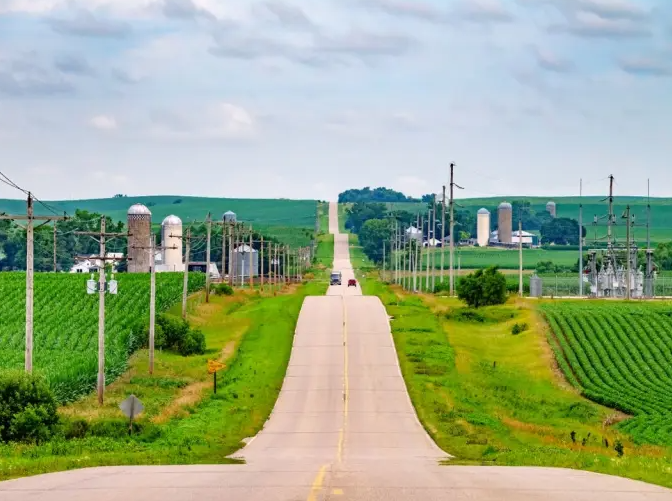Governance and Development in Rural India (GS Paper 3, Economy)

Introduction
- India's rural economy is witnessing a transformative shift, marked by rising incomes and changing consumption patterns.
- The latest Household Consumption Expenditure Survey (HCES) for 2022-23 reveals a significant decline in the share of food expenditure in rural households, indicating an increased capacity for discretionary spending.
- However, despite these positive trends, rural India continues to grapple with persistent challenges related to poverty, infrastructure deficiencies, and access to essential services like healthcare and education.
- Addressing these challenges requires a multifaceted approach that leverages constitutional provisions, governance mechanisms, and strategic interventions to drive inclusive growth and development in rural areas.
Constitutional Provisions and Governance
- Constitutional provisions such as Article 40 of the Directive Principles of State Policy and the 73rd Constitutional Amendment Act of 1992 lay the foundation for rural development in India.
- These provisions mandate the organization of village panchayats as self-governing units and empower Panchayati Raj Institutions (PRIs) to drive grassroots democracy and rural development.
- At the governance level, the Ministry of Panchayati Raj at the central level and state-level rural development departments play crucial roles in formulating policies and implementing rural development programs.
- Local governments, represented by PRIs, are responsible for planning and implementing development programs at the grassroots level, ensuring that governance is participatory and inclusive.
Major Drivers of Rural India's Growth
- Several factors have contributed to the recent growth and development of rural India. Rising disposable incomes, as indicated by the decline in the share of food expenditure, have enabled rural households to increase spending on discretionary items like conveyance and medical expenses.
- Agricultural reforms and technological advancements have boosted rural productivity, with initiatives like the Soil Health Card Scheme and Pradhan Mantri Krishi Sinchayee Yojana playing pivotal roles.
- Rural infrastructure development, particularly through schemes like the Pradhan Mantri Gram Sadak Yojana and BharatNet, has improved connectivity and access to markets, driving economic activities in rural areas.
- Additionally, promotion of rural entrepreneurship, financial inclusion, and digital connectivity has empowered rural communities and facilitated income generation opportunities.
Current Challenges in Rural India
- Despite these advancements, rural India faces several challenges that hinder its development.
- Agricultural distress and farmer indebtedness remain pressing issues, exacerbated by factors like irregular monsoons and fluctuating market prices.
- Inadequate rural infrastructure, including roads, electricity, and clean water, continues to impede economic growth and quality of life in rural areas.
- Access to quality healthcare and education remains limited, with rural communities facing shortages of medical personnel and educational resources. Gender disparities in land ownership and the feminization of agriculture pose additional challenges, highlighting the need for gender-sensitive rural development strategies.
Measures to Accelerate Rural Development
- To address these challenges and accelerate rural development, several measures can be adopted.
- Promoting rural industrialization and non-farm employment through incentives and skill development programs can create economic opportunities in rural areas.
- Leveraging emerging technologies and digital transformation can bridge the rural-urban divide and enhance access to services like healthcare and education.
- Enhancing rural healthcare and preventive care, promoting sustainable agriculture and climate-smart practices, and strengthening rural governance and decentralization are also crucial steps.
- Additionally, promoting rural tourism, empowering women-led farmer producer organizations, and developing rural bioeconomy can contribute to holistic rural development.
Conclusion
- Rural development is a multifaceted process that requires coordinated efforts from governments, communities, and other stakeholders.
- By leveraging constitutional provisions, governance mechanisms, and strategic interventions, India can accelerate rural development and ensure inclusive growth for all its citizens.


